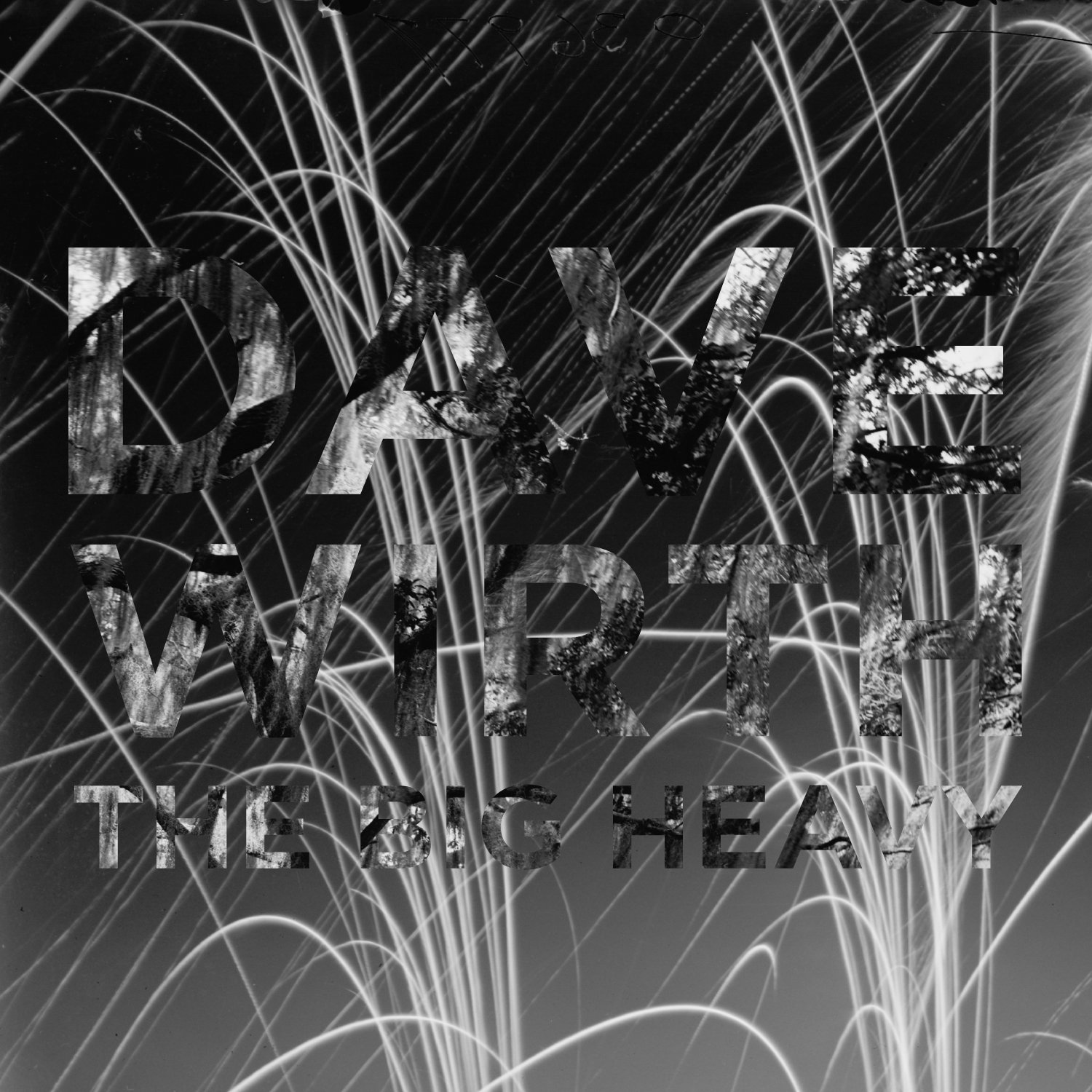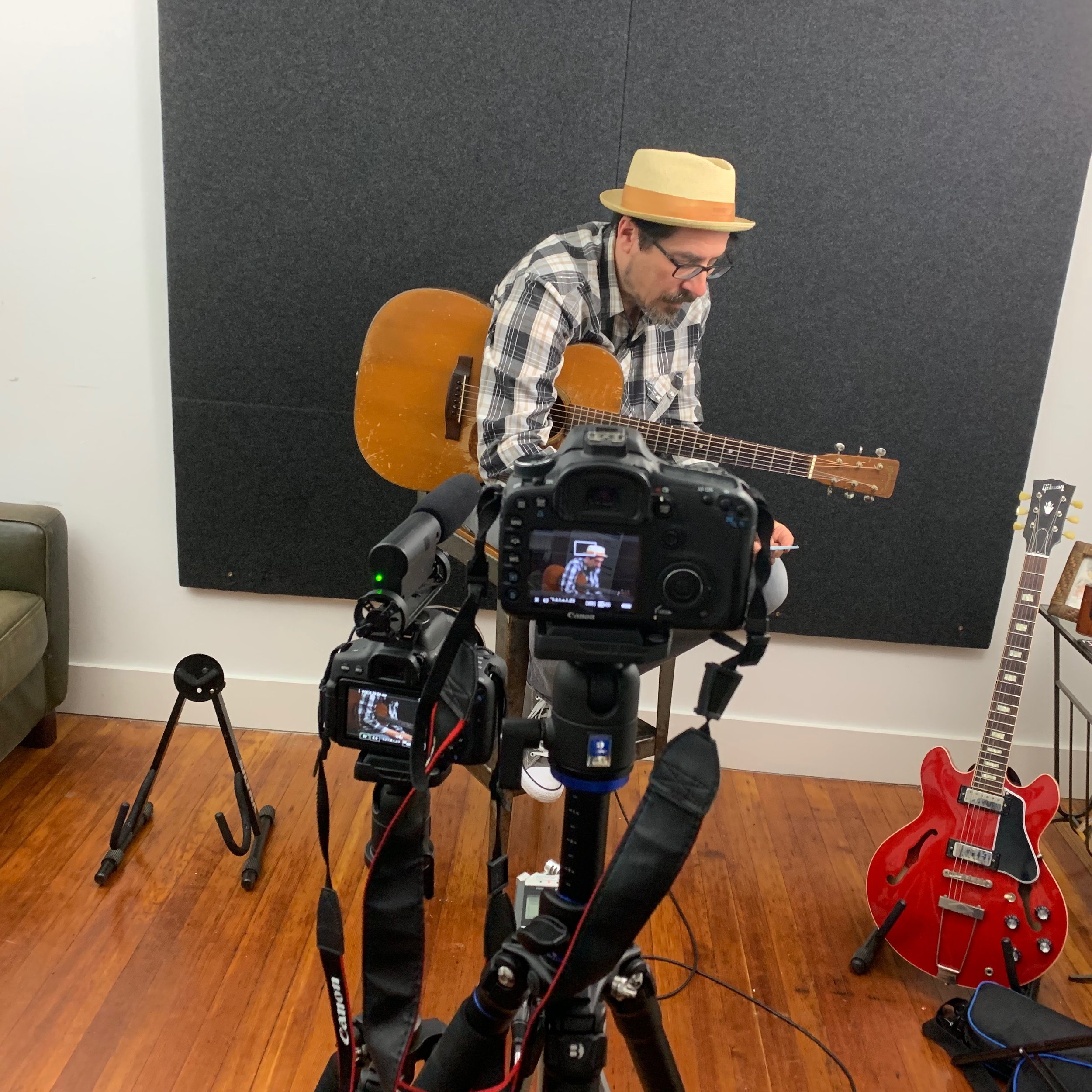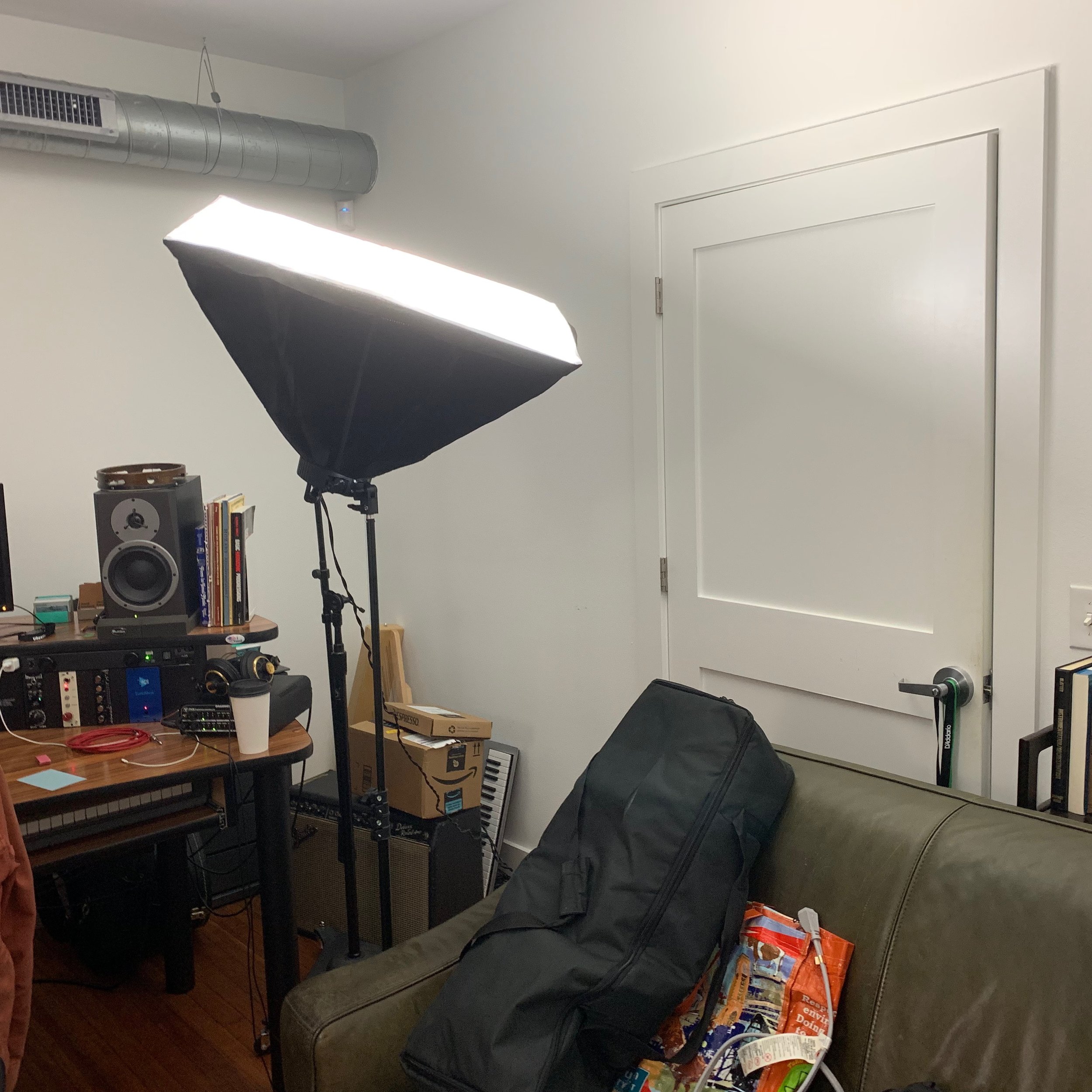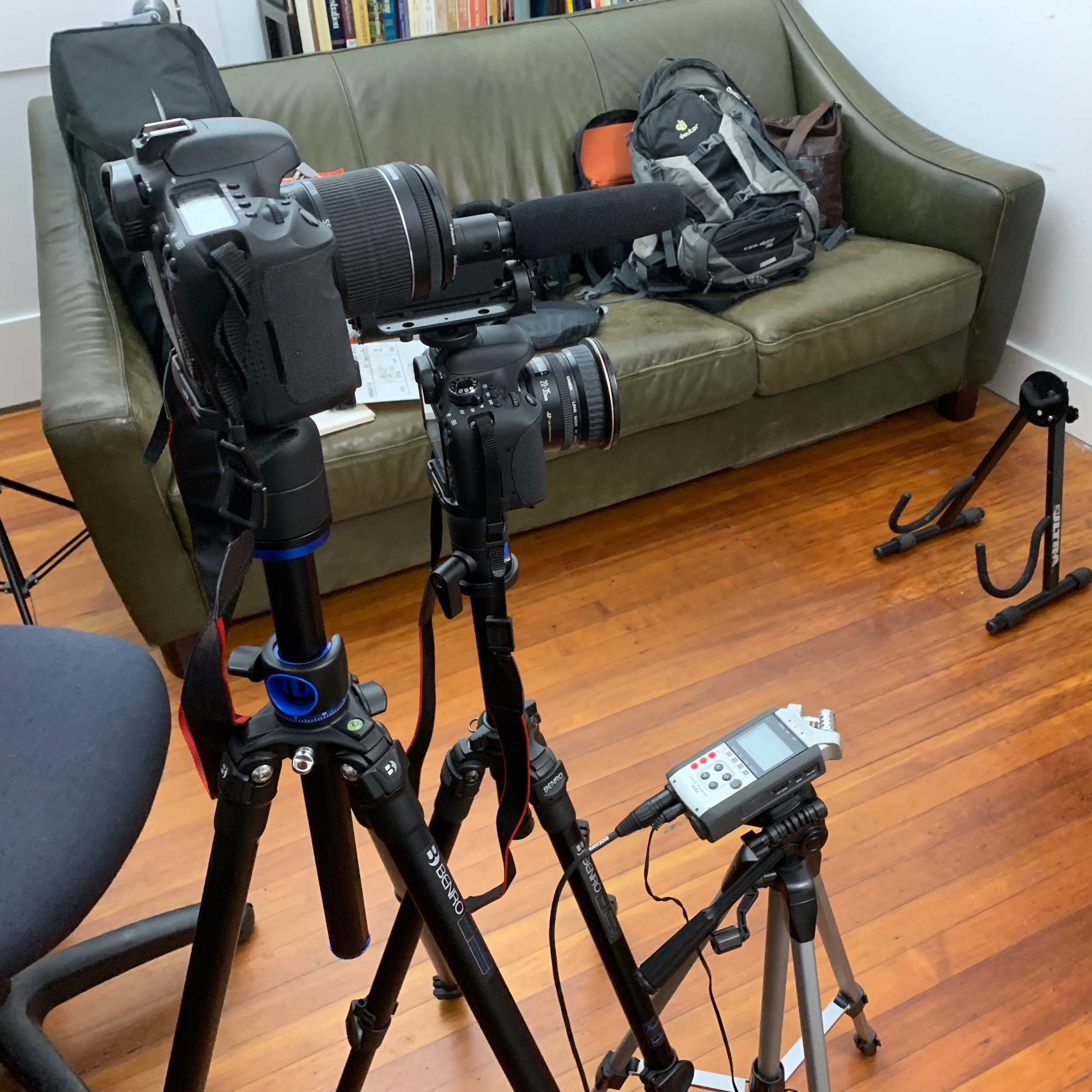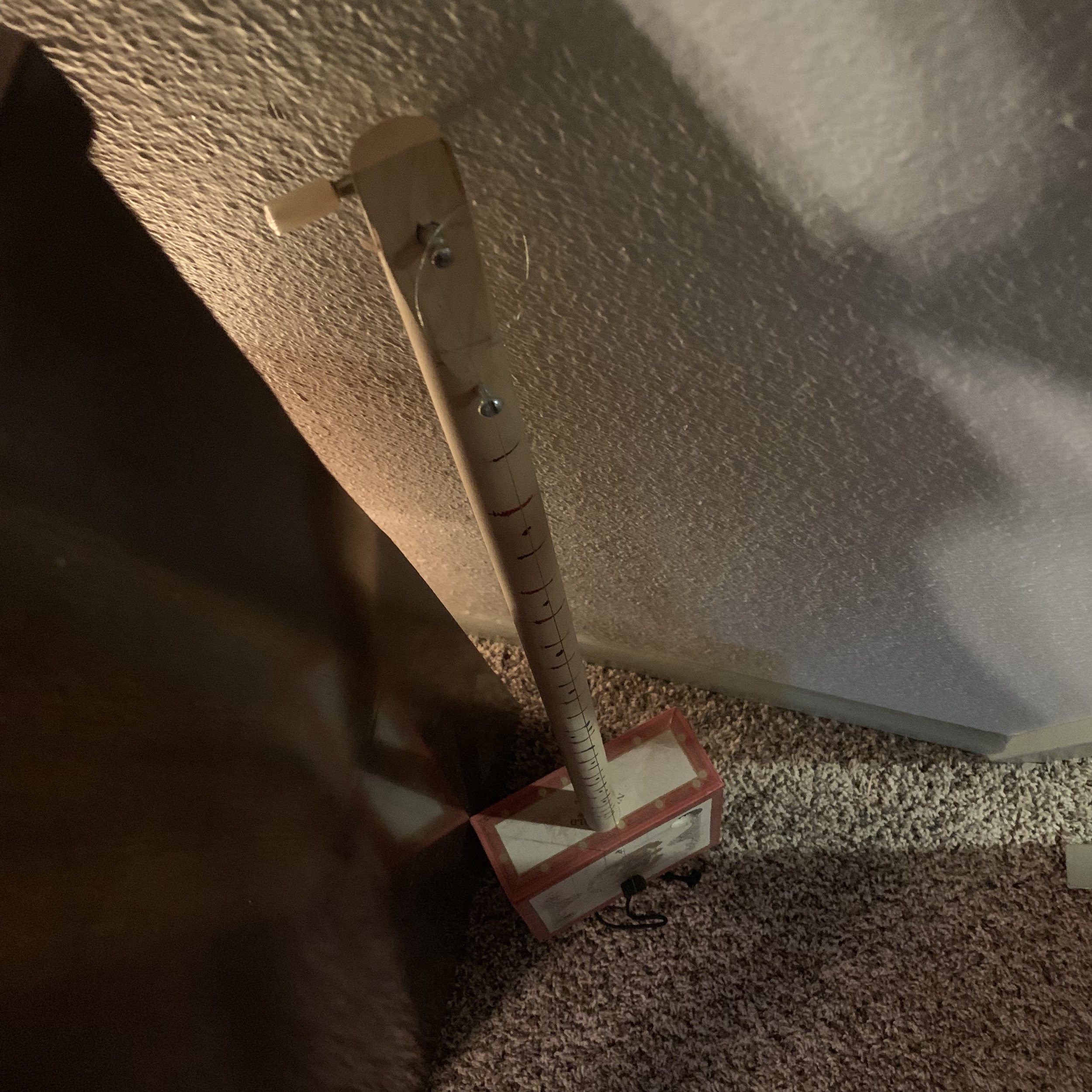I was just musing: Is the fact that most musical territory has already been explored necessarily a bad thing?
The argument many people have with music is something like, “That’s not original. Someone else has already done that.” Well, no shit Sherlock.
Let’s take an obscure example: Coltrane practiced Slonimsky’s Thesaurus of Scales and Melodic Patterns towards the latter part of his life. He explored it deeply, and had he lived longer he could have explored it more fully. However, Coltrane applied this to his music. His group towards the later part of his life (after McCoy and Jones and Garrison) was his vehicle to bring that study into sonic format.
Now onto the thought experiment: What if a band with an established voice, like Radiohead for example, started to study the same text that Coltrane studied. Would Radiohead make free jazz? Maybe, maybe not. But undoubtably, it would sound like Radiohead. And yes, I’d buy it too.
The age where original musical ideas created on brand new theoretical ideas is pretty much gone, with exception to those lone classical voices creating music in academia. The age of original voices using the same established theoretical models is happening now.
In other words, pop and country and hip hop inspired beats mixing together to form bro country is just one iteration. All it takes is an original voice willing to explore something different to give us all something brand new, fresh, and exciting to groove on.
Originality is overrated. It’s better just to establish a voice and then take it on a musical journey from there.

